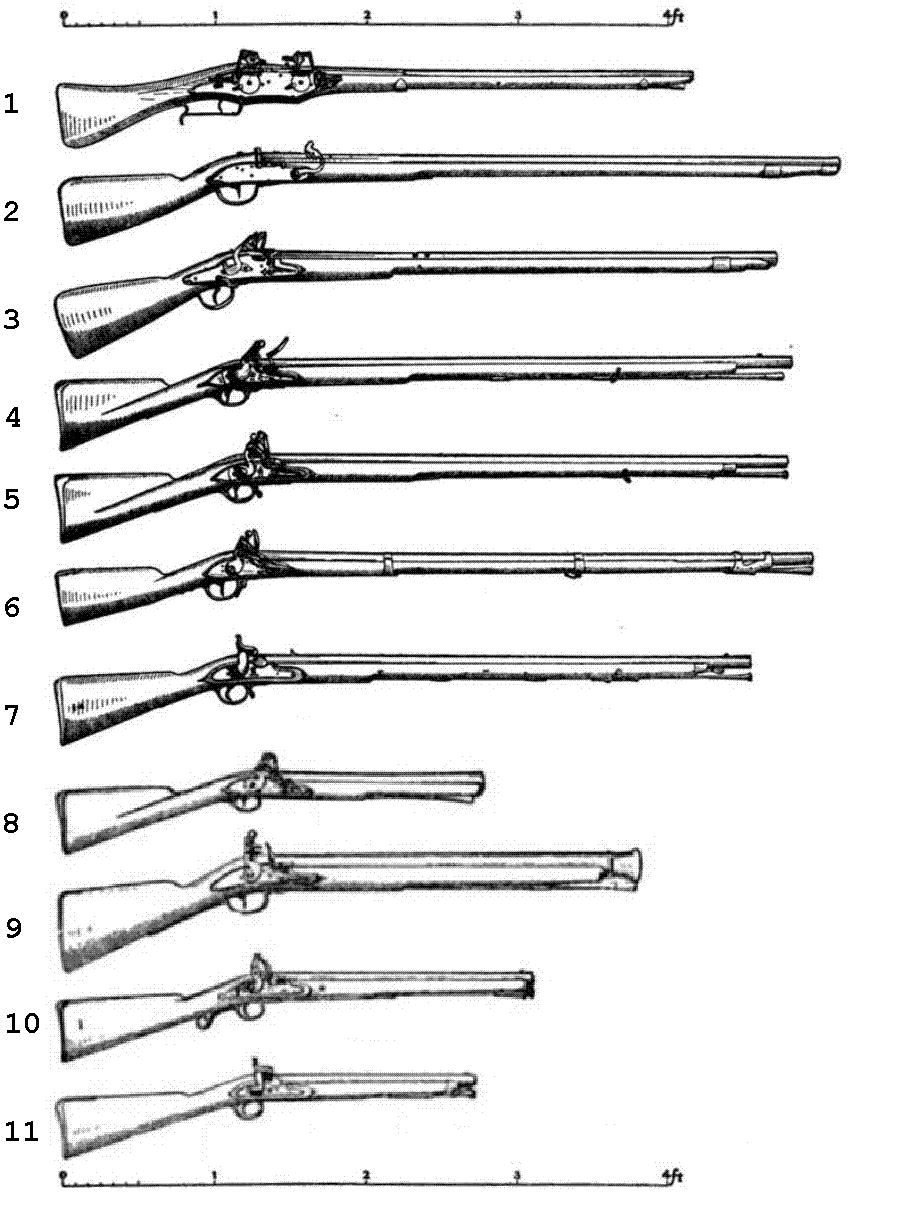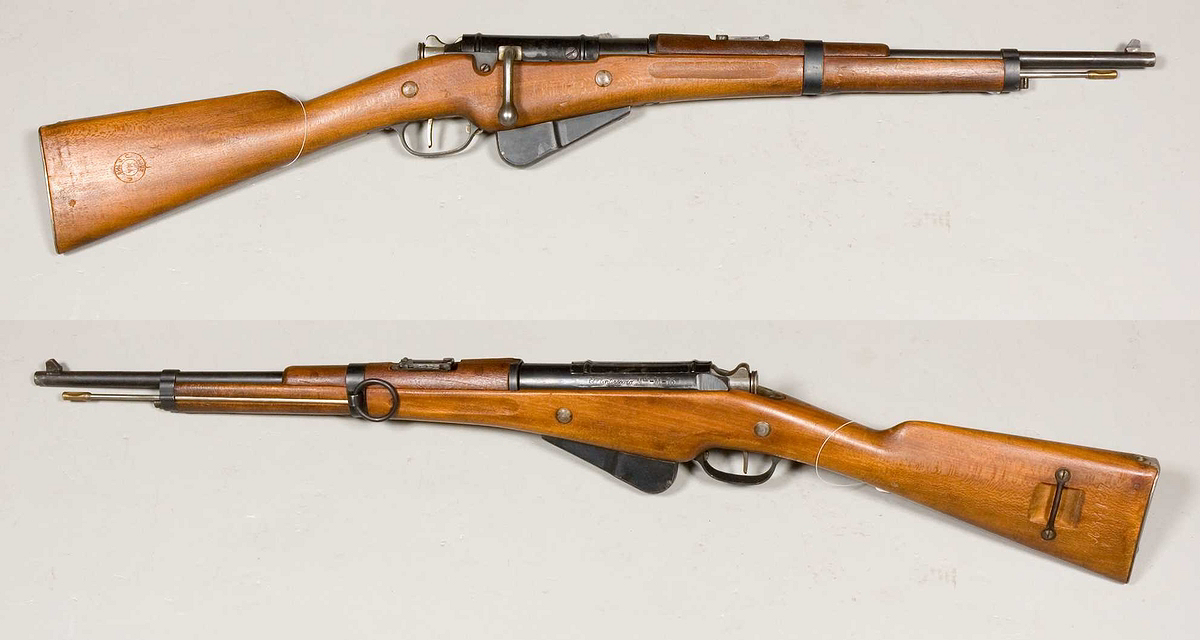~Jan-March 1905: An alliance of convenience
January 1905: While the Russo-Japanese War is going poorly for the Russians, Tsar Nicholas II, encouraged by German Kaiser Wilhelm, is unwilling to consider the possibility of negations despite many in his court calling for them. However the fall of Port Arthur has shaken his faith in the Russian commander, Admiral Yevgeni Alekseyev. As a result Alekseyev is dismissed in favour of General Aleksy Kuropatkin.
January 1905: While the two Japanese armoured cruisers under construction in the US are still far from completion, the first two US members of the class are now undergoing trials. To further support Japan, President Roosevelt offers to sell the pair for $50,000 {£10,189} and the two incomplete Japanese vessels. Despite vehement Russian protests, the deal goes ahead, significantly strengthening the Japanese fleet.
January 1905: Since declaring the establishment of the Zheng Dynasty, Emperor Shikai has appointed his three most important allies, Feng Gouzhang, Zhang Xun and Ni Sichong as Grand Chancellor, Foreign Minister and Commander of the Army respectively. He also introduces a series of reforms, including ending the traditional Imperial Examination system and moving toward a capitalist economy. With the final year of the Chinese Civil War having highlighted serious deficiencies in the Zheng military, he additionally embarks on a program to standardise equipment and improved training, though the dire state of Zheng finances will prove a major impediment for these efforts.
January 1905: For many years, agitation has been growing in Russia for improvements to the laws regarding employment an labour. In an effort to placate these demands, the government has allowed the formation of a number of moderate labour organisations. One such group, the Assembly of Factory and Mill Workers of St Petersburg, more commonly known simply as the Assembly is headed by the charismatic priest Father Georgy Gapon. In December 1904 several workers in St Petersburg where fired for membership of Gapon's Assembly, leading to a wave of strikes in the city. In an effort to calm the situation Gapon organises a peaceful protest march to present a petition for improved labour laws at the Winter Palace. Despite its peaceful nature, troops guarding the Winter Palace open fire on the march resulting in many deaths. The incident, which will come to be known as Bloody Sunday, will cause the strike movement to spread throughout the country creating massive unrest.
February 1905: The Guangxu Emperor has retained his interest in the modernisation of the Xianfa military. With the importance of automatic fire in the Xianfa special forces operations now clear, he recruits promising young Indian firearms designer Prasan Tendulkar to develop a light automatic carbine for their use.
February 1905: Since the Financial crisis on 1890, Argentina has been governed by a series of corrupt administrations dominated from behind the scenes by Julio Roca. While this had led to two unsuccessful revolts in 1890 and 1893 headed by the Radical Civil Union Party, Roca's National Autonomist Party has retained control through repression and electoral fraud. However building tensions lead another revolt led by socialist labour reformers. Though the revolt is quickly put down, it will lead to a revitalisation of the Radical Civil Union Party, providing real opposition to the Argentine regime for the first time in many years.
February 1905: The first major warships designed for the French navy by Léon Lyasse and Eustace d'Eyncourt are laid down. The two ship Edgar Quinet class of armoured cruisers will be a radical break from the past, marking the end of the influence of the Jeune École on French Naval thinking. Larger than most recent French battleships, with an 'all big gun' armament of twelve 7.6” guns with eight bearing on the broadside, their armour is also significant improved. However most importantly, they are not subject to constant design changes, allowing them to be completed in under three years as against over five for previous such ships.
February 1905: Despite the 1884 Treaty of Valparaiso ending hostilities between Chile and Bolivia in the War of the Pacific, the treaty was technically an armistice, leaving the two nations formally at war. Nor did Bolivia accept the loss of their littoral province in the treaty. In an effort to restore relations, Chile and Bolivia negotiated the British mediated Treaty of Santiago in October 1904. Under its terms, Bolivia accepted the Chilean annexation of their Pacific coast in return for Chile agreeing to build a railway from the port of Arica to the Bolivian capital of La Paz and guaranteeing Bolivia perpetual commercial access to the port. However the treaty's implementation has been delayed due to Peruvian objections based on the unresolved status of Arica under the Treaty of Ancòn. The dispute is eventually resolved after British and US pressure forces Chile and Peru to accept mediation over their border dispute by French Emperor Napoleon IV.
February 1905: While General Aleksy Kuropatkin, the new Russian commander in the Far East, has continued his strategy of waiting for further reinforcements before launching an offensive, the outbreak of massive unrest in Russia after the events of Bloody Sunday have slowed the arrival of new troops to a trickle as the Russian Army is stretched to deal with the chaotic situation in European Russia. Meanwhile the end of the siege of Port Arthur has allowed General Nogi Maresuke's 3rd Army to redeploy to join General Ōyama Iwao's forces in southern Manchuria. Additionally, the Zheng Chinese 'volunteers' supporting him under General Zheng Zoulin have now reached a strength of 60,000 veteran troops, putting some 330,000 troops at Ōyama's disposal against Kuropatkin's 290,000. However the massive casualties of previous battles have drained Japanese manpower reserves, while Kuropatkin is still receiving reinforcements, albeit at a much reduced rate. In an effort to bring about a decisive battle and destroy Kuropatkin's army, Ōyama launches an all out attack on the critical Russian base at Mukden. With approximately 620,000 combatants, the Battle of Mukden will be possibly the largest battle in the world to that point. The brutal three week long battle will result in a combined casualty toll of nearly 180,000 men, but eventually Ōyama will take the city of Mukden and force Kuropatkin to retreat, leaving the vast majority of his supplies, artillery and some 40,000 prisoners behind. Despite only being left with 190,000 men, Kuropatkin is able to extract his army and retreat toward Changchun, with Ōyama unable to pursue due to supply difficulties.
March 1905: The Royal Navy conducts a massive exercise off Kent, both for gunnery training and to test the performance of the latest armour and weapons under combat conditions, with an unprecedented number of obsolete warships expended as targets. The 'Battle of the Kentish Coast' will see four battleships, eleven cruisers and sixteen destroyers subjected to three days of live fire from the assembled fleet. The exercise will include tests of the blast effects of superfiring turrets, along with the performance of shells and torpedos against modern protection. The of these tests will have a significant impact on the design of future British warships.
March 1905: The Japanese naval program includes two new battleships, the Satsuma and Aki. These will be the first battleships built in Japanese yards. Also due to experience in the Battle of the Yellow Sea and information provided by the British, they will feature an all big gun armament of ten 12” guns in five dual turrets laid out as in the Royal Navy's HMS Dreadnought, allowing eight guns to bear on the broadside. The program was intended to include two improved Tsubuka class armoured cruisers. However Japanese finances are still recovering after the Russo-Japanese War , forcing their construction to be postponed, though it is hoped they can be ordered next year.
March 1905: The British Patent Office rejects an application by the Wright Brothers to patent wing warping and ailerons due to prior art by Alberto Santos-Dumont. With Santos-Dumont's refusal to patent, this decision places those technologies into the public domain throughout Europe.
March 1905: Newfoundland Premier Robert Bond's attempts to negotiate a free trade treaty with the US have been continually frustrated by opposition led by Senator Henry Cabot Lodge. This has led to soaring tensions between US and Newfoundland fisherman with violent clashes between them. An attempt by Senator Lodge to have warships deployed to protect US fisherman is only averred by the intervention of Secretary of State John Hay.
March 1905: After the Great Powers established the autonomous Cretan State in 1897, its Governor General Prince George of Greece appointed local politician Eleftherios Venizelos as Prime Minister. The two men immediately began to clash over the administration of the Island, particularly the issue of union with Greece. These clashes would lead to Venizelos resignation in 1901, followed by a media campaign by Prince George to discredit him. Frustrated by this campaign and the lack of progress toward union with Greece, Venizelos launches an uprising in his native town of Theriso, creating a parallel administration to that of Prince George.

